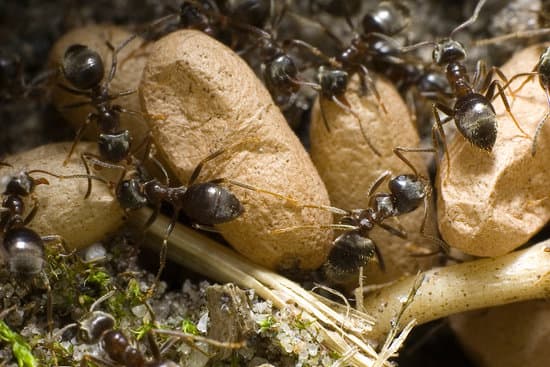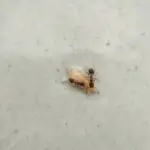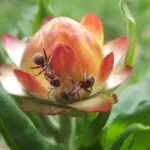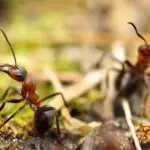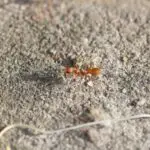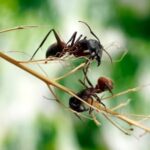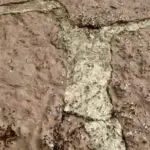How Do Ants Hold Things?
During the first decade of the 21st century, scientists were interested in how ants hold things. While researchers have gotten a few answers, the question of how ants carry things remains a mystery.
There are many types of ants, but they all share certain characteristics. For example, ants have an extensive nervous system, which includes a long nerve cord that branches off into different parts of the body. They also take in oxygen through tiny holes called spiracles. They also have external teeth, called mandibles, that are used for biting and chewing, as well as for cutting, crushing, and hunting. They are also equipped with hook-like claws on their legs.
During their lifetime, workers will eventually leave the nest and go outside to find food and defend the colony. They also dig tunnels to expand the nest.
They also use their mouths to eat and clean themselves. They also have an ant heart, which is a long tube that pumps colorless blood from the head to the body.
A recent study published in the Journal of Biomechanics revealed the microstructure of the ant neck joint, as well as how it can help them carry heavy loads. While it is not entirely clear how much weight the ant can hold, researchers found that it can support up to 350 times its own weight.
Researchers also examined the ants’ neck and head structures. These were studied using microcomputed tomography, or mCT, to re-create a 3-D model. The researchers found that the ant’s neck had microstructures of bumps and folds that helped it shoulder a heavy load.
